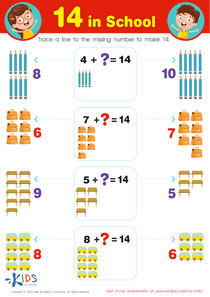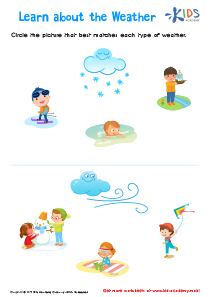Vowels and Consonants worksheets activities for Kindergarten
1 filtered results
-
From - To
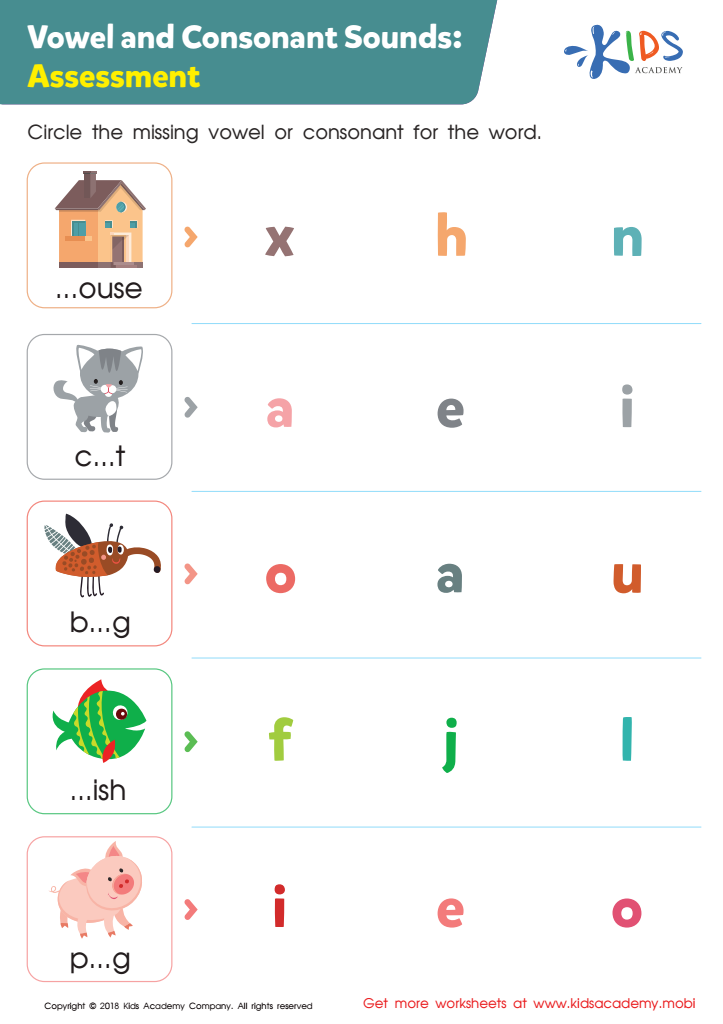

Vowel and Consonant Sounds: Assessment Worksheet
Vowels and Consonants worksheets activities for Kindergarten are not just educational tools but are stepping stones in the foundational phase of a child’s literacy journey. At this tender age, children are naturally curious and eager to explore the world of letters and sounds. The structured yet playful nature of these worksheets offers an ideal starting point for young learners to distinguish between vowels and consonants, which are fundamental components of the English language.
One of the primary reasons why Vowels and Consonants worksheets activities are incredibly useful for Kindergarten students is their role in promoting phonemic awareness. Understanding the difference between vowels and consonants helps children in decoding words, which is a critical skill in reading. These activities make learning engaging and less intimidating for beginners by breaking down complex concepts into manageable and interactive tasks.
Moreover, these worksheets are designed to cater to the varied learning styles of Kindergarten students. Whether a child learns best through visual cues, tactile activities, or auditory instructions, Vowels and Consonants worksheets activities offer a diverse range of approaches. For instance, coloring activities for vowels, matching games for consonants, and cut-and-paste exercises that mix both, ensure that every child finds joy and confidence in learning.
Another significant benefit is the enhancement of fine motor skills alongside literacy skills. As children trace letters, circle vowels, and draw lines to matching consonants, they develop hand-eye coordination and pencil control, which are crucial for writing.
Furthermore, these worksheets activities foster independence and self-confidence in young learners. Completing a worksheet gives children a sense of achievement and encourages a positive attitude towards learning. It prepares them not only for more advanced literacy skills but also instills a love for reading and writing.
In conclusion, Vowels and Consonants worksheets activities for Kindergarten are invaluable tools that offer a multifaceted approach to early literacy. They equip young minds with essential reading and writing skills, paving the way for a successful educational journey. Through these engaging and educational activities, children embark on an adventure of letters that lays the groundwork for lifelong learning and curiosity.
 Assign to the classroom
Assign to the classroom

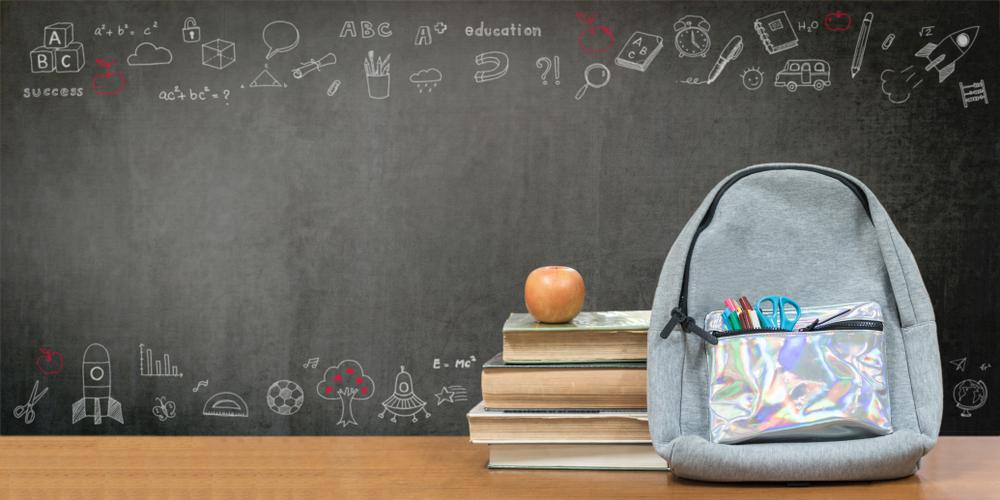
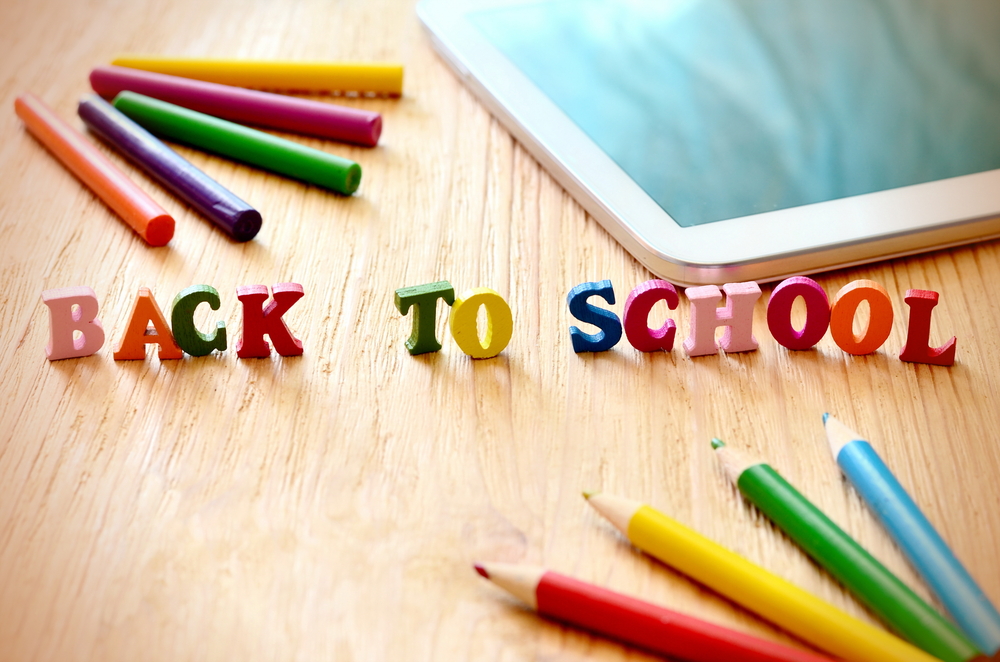

%20(1).jpg)

